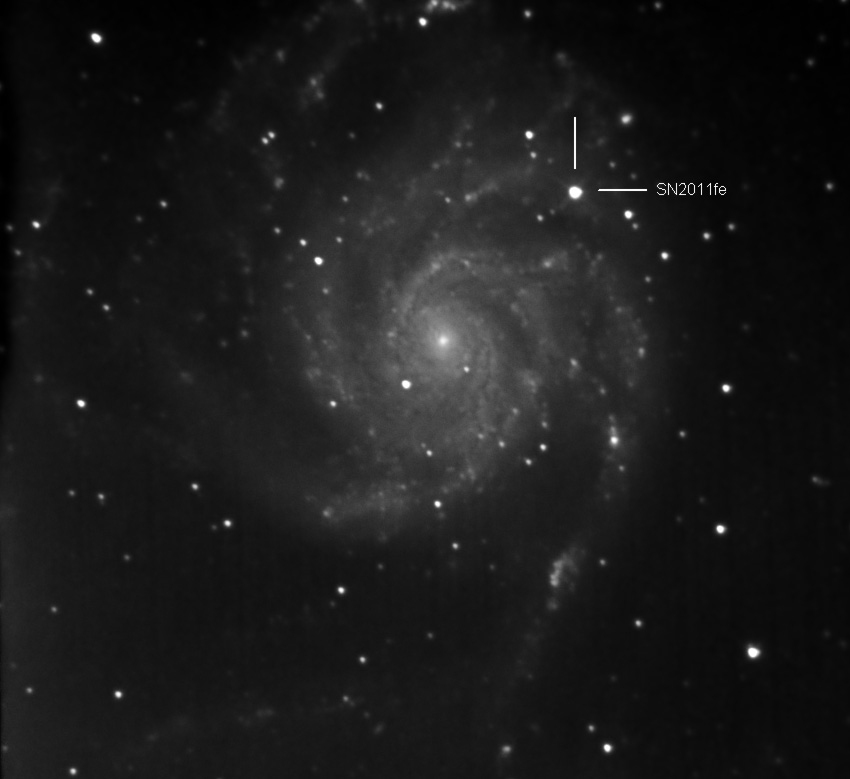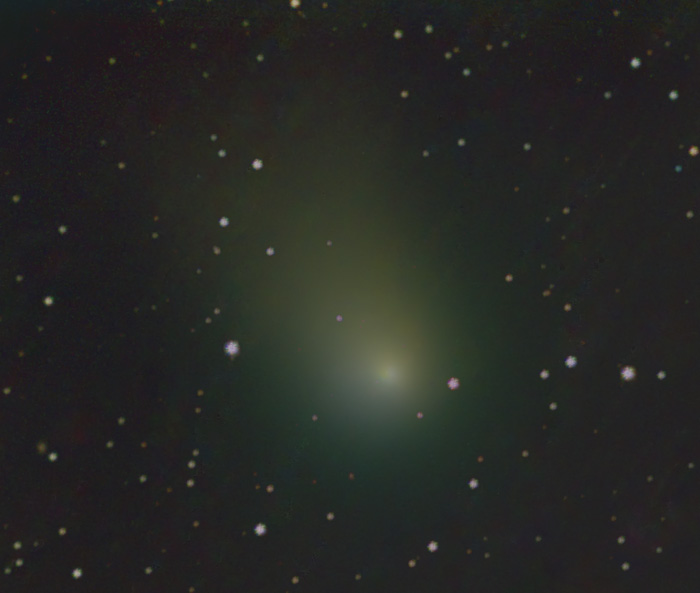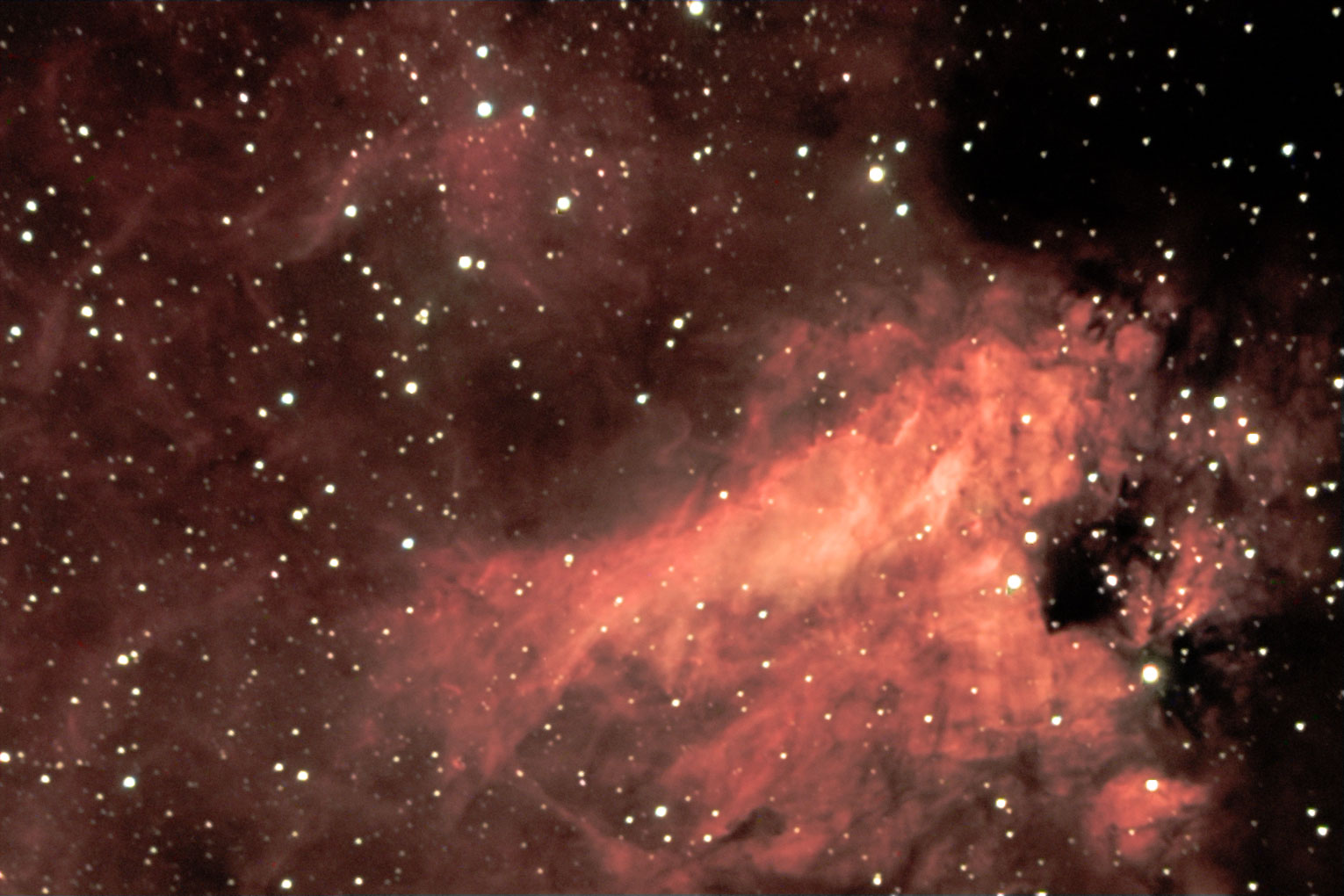Whilst at the Kelling star party I had a talk with Bernard from Modern Astronomy about cameras and specifically the Kodak KAF-8300 chipped models. I’d been thinking about a single shot colour for the astrotrac setup and the QHY9 looked a good match for a very good price. I placed an order and delivery was via Fedex within 2 days.
I’d had the idea in my head that the cooled colour CCD camera would be a low noise, high sensitivity version of the DSLRs I’ve been using but some test shots revealed that this isn’t entirely true. Initial pictures were a little disappointing and it wasn’t until I was reading an article on setting the offset and gain levels for the camera (http://www.stark-labs.com/blog/files/GainAndOffset.php#unique-entry-id-6) that the pieces fitted together and illumination dawned.
You can get surprisingly good pictures with short exposures on DSLRs by increasing the ISO rating. This is effectively increasing the gain and it’s not a free lunch. Noise is amplified as well and dynamic range is reduced. With the CCD, once you’ve calculated the optimal gain you set it and never alter it again. This level will be a lot lower than the DSLRs value and correspondingly longer exposures are required to fully exploit the increased dynamic range available.
With my Zenithstar 70mm, Astrotrac mounted on a Manfrotto tripod I’m currently limited to 5 minute exposures without trailing so I picked a bright target for a test. M31 is ideally placed for this at the moment and here’s the result resized to about half the original.
12x 5 minute exposures
Zenithstar 70mm
William Optic FFIII field flattener

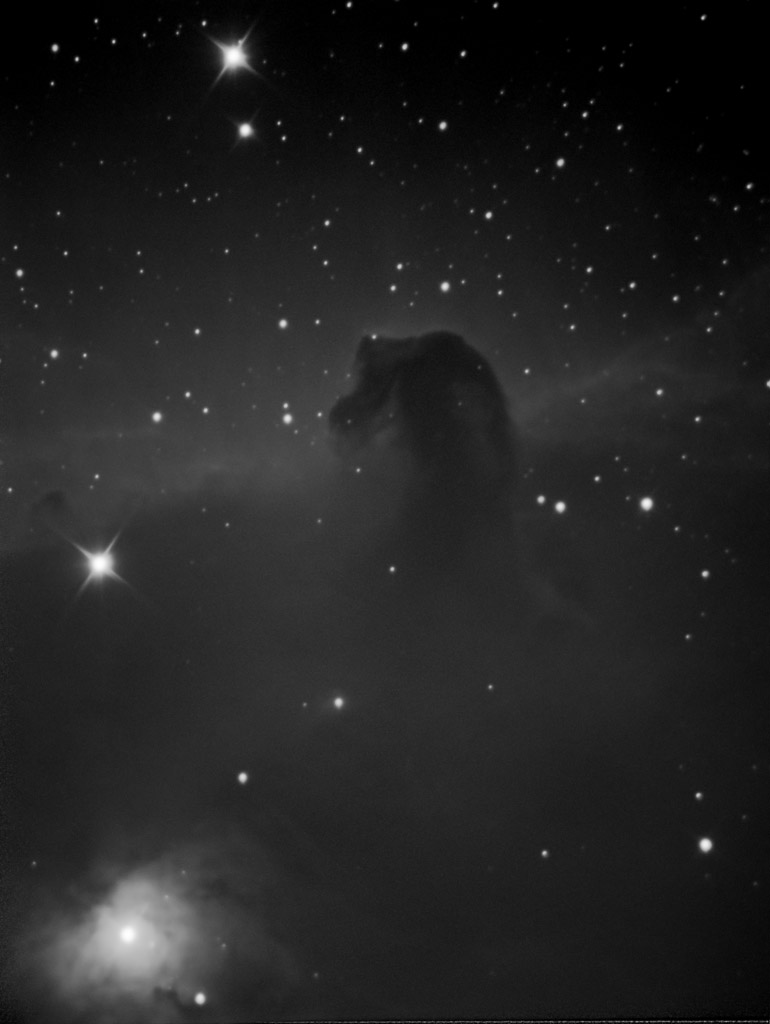

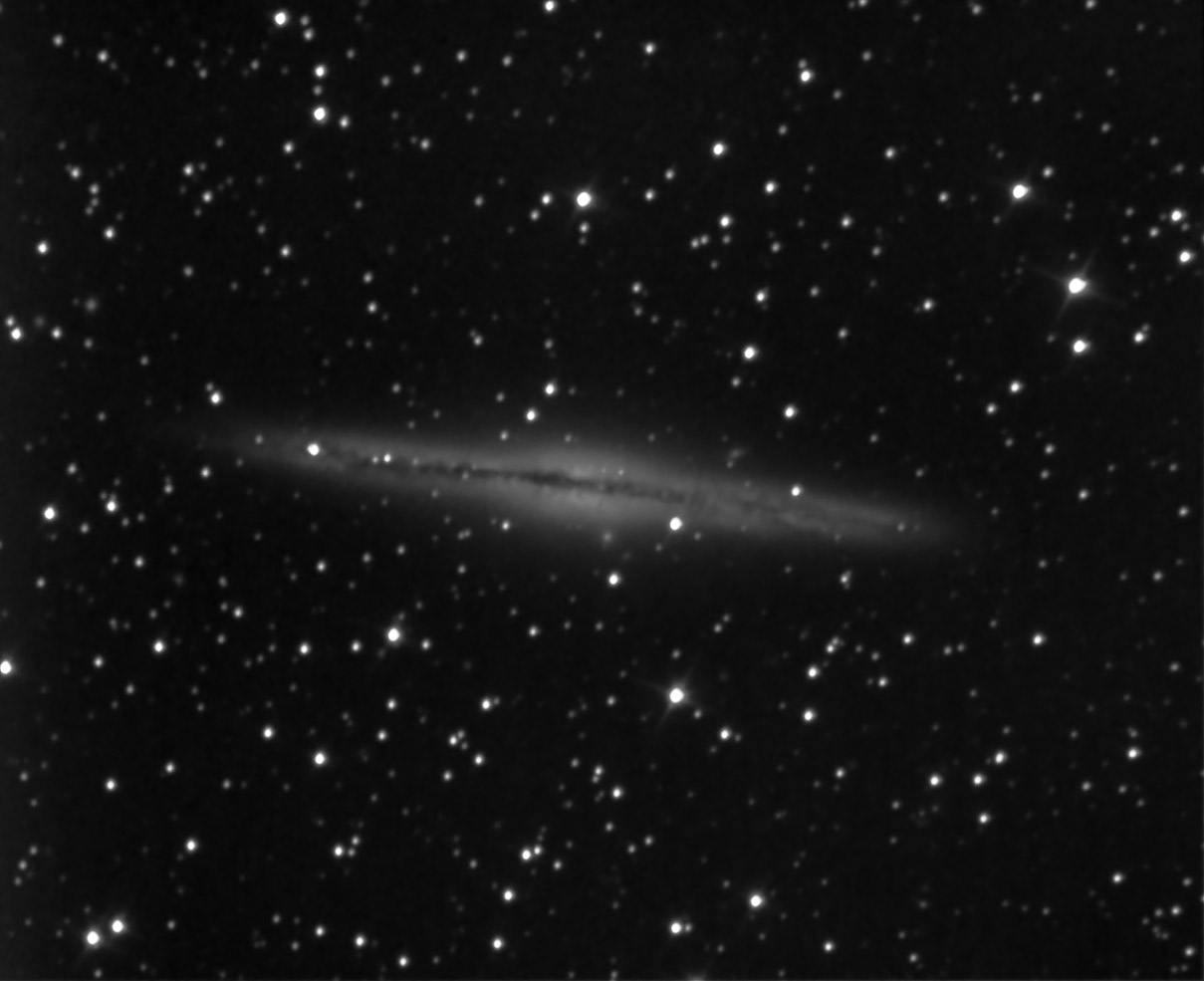
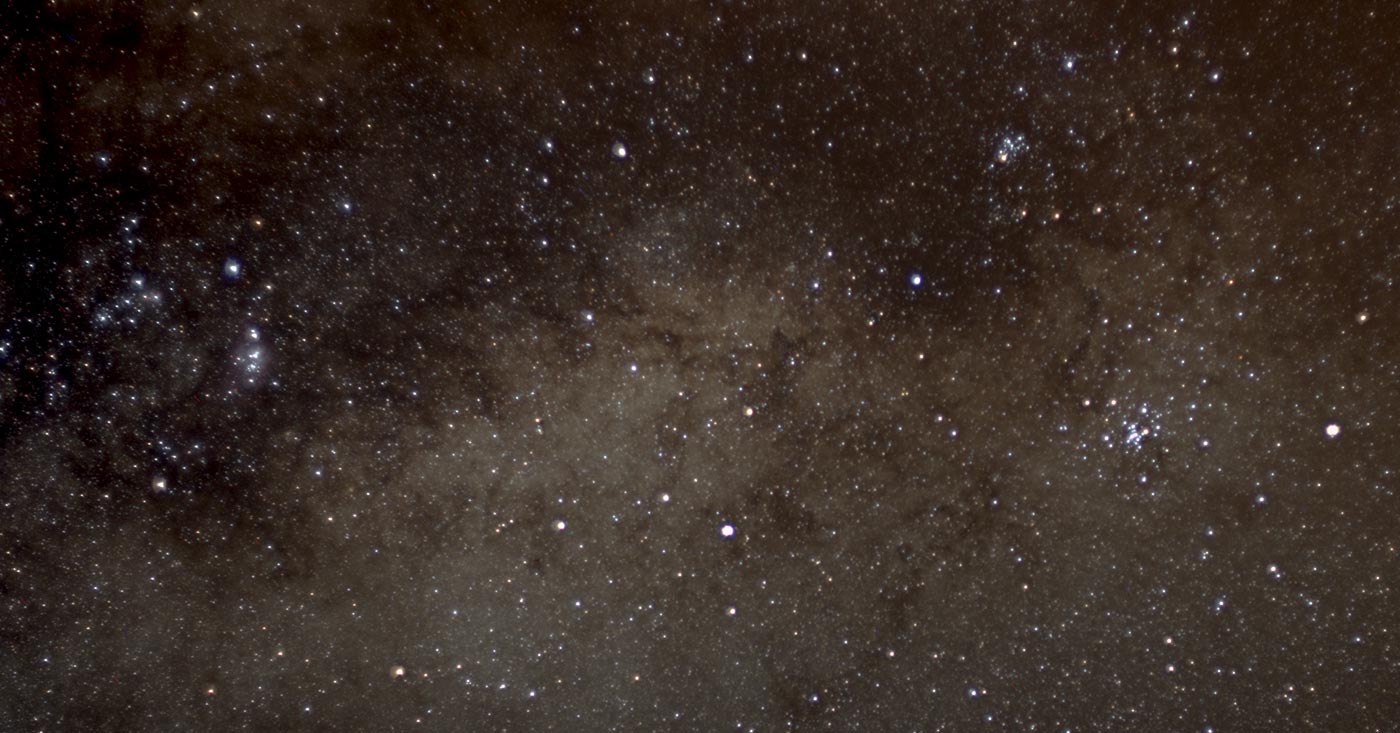
![ngc7635[1]](http://andrewluck.me.uk/wp-content/uploads/2011/10/ngc76351.jpg)


